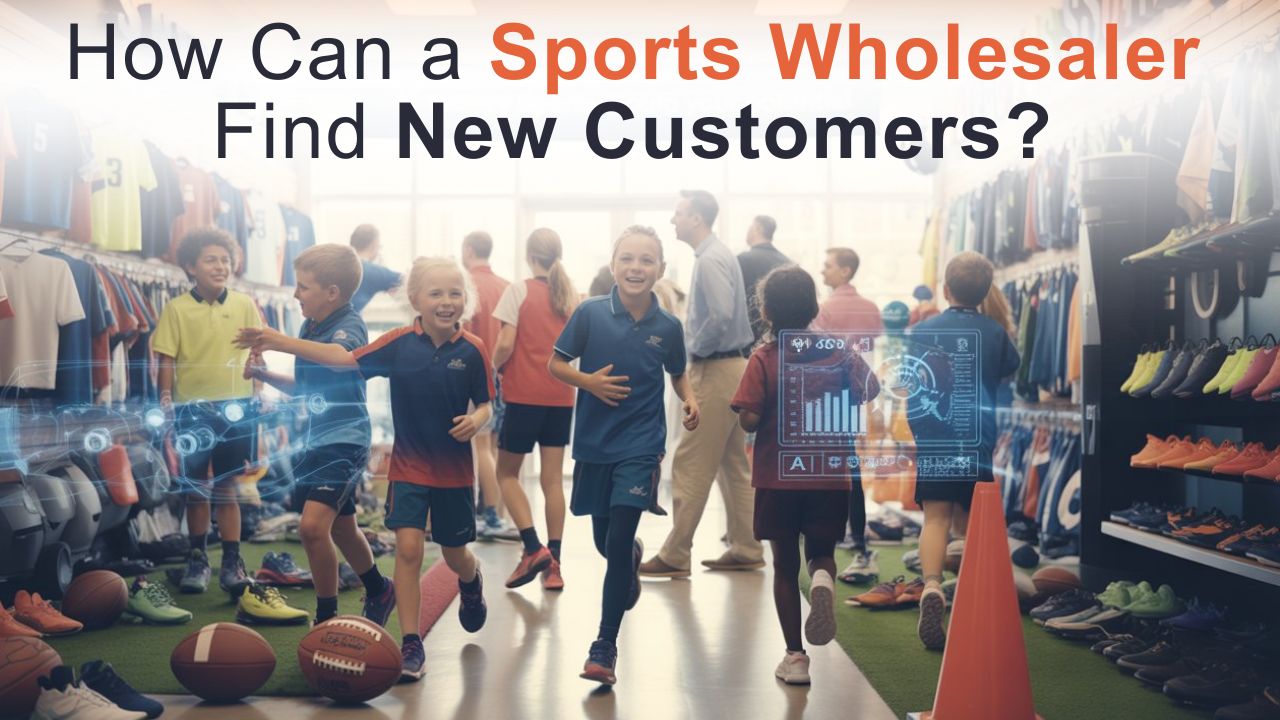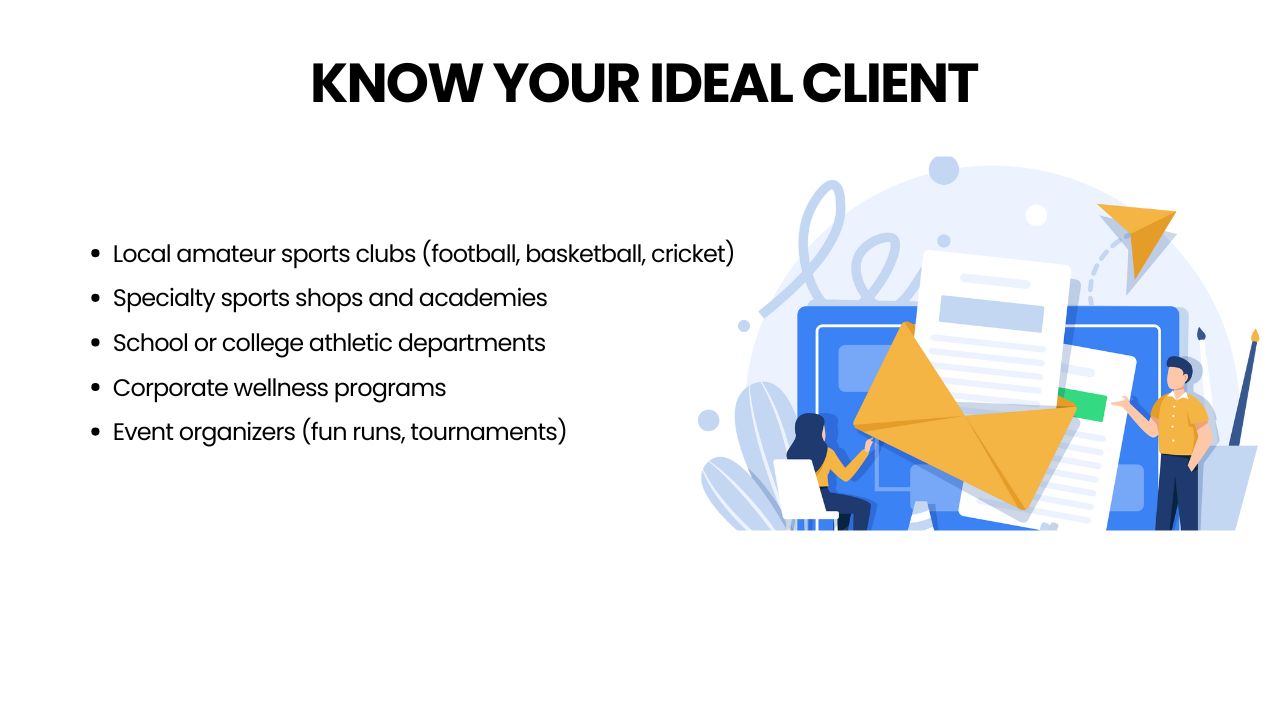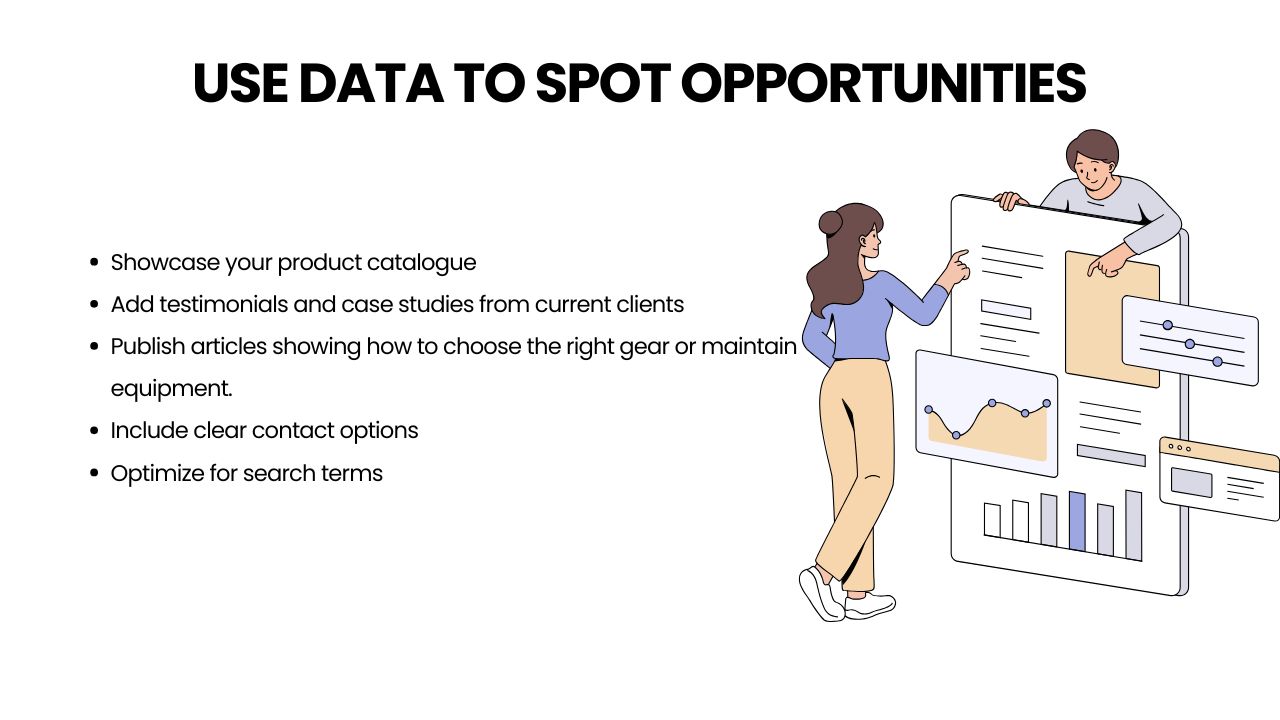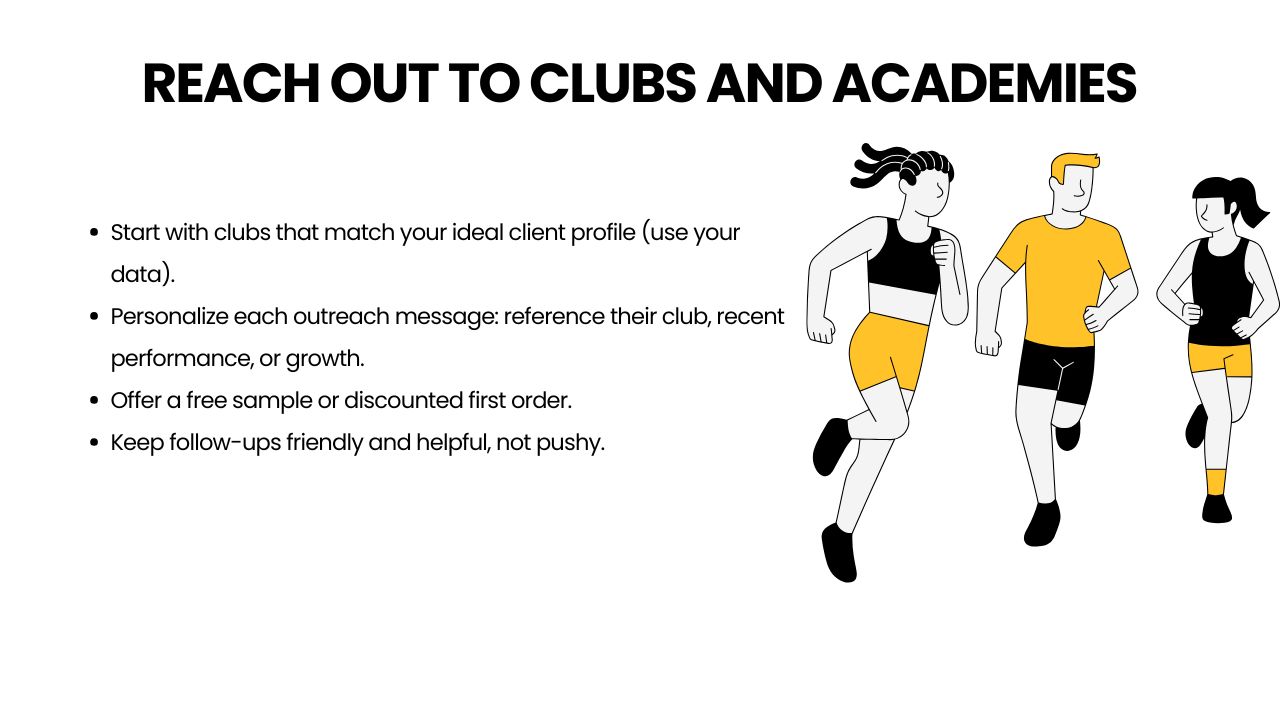How Can a Sports Wholesaler Find New Customers
Extract data from Google Maps for free in just one click.
Quickly access detailed location information.In the fast-paced world of sports equipment distribution, wholesalers need a steady flow of new customers to thrive. Whether supplying jerseys, training gear, or footwear, expanding your client base requires a mix of consistent outreach, smart tech use, and real insight into your market. Here's a practical guide showing how to connect with new buyers and grow your network.

1. Know Your Ideal Client

Before you begin outreach, be crystal clear on who you're targeting. Your ideal customer might be:
- Local amateur sports clubs (football, basketball, cricket)
- Specialty sports shops and academies
- School or college athletic departments
- Corporate wellness programs
- Event organizers (fun runs, tournaments)
Knowing their needs helps you tailor your approach. For example, school teams want durable gear within budget. Amateur clubs might prefer bundle offers or team-level discount options. Defining your ideal customer guides where to find them and how best to connect.
2. Use Data to Spot Opportunities

Today’s sports landscape runs on data. Understanding what gear clubs and academies currently use or what trends are on the rise gives you a competitive edge.
For example, tapping into football analytics offers insights into team performance. If several local soccer clubs are investing in GPS trackers, it’s a sign they’re upgrading training tech—and you can tailor your offerings to include these products.
Pair football data with ai football platforms to predict future gear demand. If the data shows growing interest in AI-based training aids, you can position your inventory accordingly.
Finally, working with data scout football tools offers insight into where scout activity is intense. If scouts are eyeing young players in a certain region, partner with local teams there and offer training kits and customized gear.
3. Build a Strong Online Presence
Most new customers start with online research. A clean, easy-to-navigate website can be the first step toward turning a visitor into a buyer.
- Showcase your product catalogue organized by sport and use case.
- Add testimonials and case studies from current clients (clubs, schools).
- Publish articles showing how to choose the right gear or maintain equipment.
- Include clear contact options (live chat, email form, phone number).
- Optimize for search terms like “team soccer kits,” “bulk sports gear,” or “school PE equipment.”
Content that speaks directly to your markets—like “How to outfit a youth football team” or “Checklist for school sports equipment”—builds trust and brings in organic traffic.
4. Reach Out to Clubs and Academies

Email and phone outreach to local sports organizations remains effective when done thoughtfully:
- Start with clubs that match your ideal client profile (use your data).
- Personalize each outreach message: reference their club, recent performance, or growth.
- Offer a free sample or discounted first order.
- Keep follow-ups friendly and helpful, not pushy.
Over time, this builds trust and positions you as a reliable resource rather than just a vendor.
5. Partner with Local Sports Influencers
Many towns have local coaches, bloggers, or ex-athletes who share advice and reviews. They often post training tips, kit unboxings, or game-day insights.
Partner with them to showcase your products in real use. A video or review from a respected coach can make a big difference. It also opens doors to their own audience of sports enthusiasts and teams.
6. Attend Events, Tournaments, and Expos
Being present at events brings visibility and trust:
- Have a small booth at local tournaments or expos.
- Offer quick services like logo printing demos or gear checks.
- Hand out flyers and make real human connections.
This face-to-face outreach leads to instant awareness—and often orders on the spot.
7. Create Bundle Offers Tailored to Needs
Many sports groups look for one-stop solutions—uniforms, balls, cones, first aid kits, and more.
Put together starter bundles based on sport and age group, with bundled pricing. Show schools how easy it is to outfit their whole team in one click. This clears up the buying process and saves them time.
8. Offer Customization Services
Personalized gear creates loyalty. If you offer services like logo printing, number embroidery, or team colors, show these options clearly in your catalog and site. Make it easy for clubs to upload designs and preview gear—this convenience can give you an edge.
9. Provide Ongoing Support
A sale is just the start. Offer:
- After-sales support (gear maintenance tips, order guides)
- Reordering reminders
- Special deals for returning clients
By staying engaged, you retain customers and build referrals.
10. Use Automations and Lists
Organizing leads keeps you efficient:
- Track prospects in a simple spreadsheet or CRM.
- Use email templates for outreach, follow-ups, and product announcements.
- Segment lists: clubs, schools, shops, events.
- Automate reminders when stock updates or season-specific deals arrive.
Consistency beats randomness.
11. Run Promotions Throughout the Year
Sports buying follows seasons. Schools buy at the start of fall and spring, clubs look in pre-season, and events spike during holidays.
Plan offers around these windows:
- Summer camp gear bundle in spring
- Uniform deals in summer
- Tournament packages before big events
Timed promotions help match customer needs with your stock.
12. Encourage Word of Mouth
Satisfied customers are your best ambassadors. Ask for:
- Reviews
- Social media shout-outs
- Referrals
Offer a bonus—like a discount on next orders—when they refer another team. It turns happy clients into an active marketing channel.
13. Track What Works
Not every outreach succeeds, but data helps you learn:
Track what reaches the most, earns most replies—and focus there.
14. Lean on Niche Data Services
Continue using the data ideas at the start—like football analytics, ai football, and data scout football. These highlight where investment is happening and where gear upgrades are happening.
If analytics show rising interest in training wear or wearable tech, stock those now. If data shows new teams forming, introduce them early.
15. Stay Flexible and Learn
Every region or sport community will have different needs. The more you talk to customers and stay updated, the more you’ll tune your offerings.
For example, youth soccer teams might now want fluorescent colors or moisture-wicking fabrics. Older clients may need bulk deals. The key is adapting as you learn.
Final Thought
Finding new customers as a sports wholesaler isn’t about being everywhere—it’s about being in the right places, with the right products, at the right time. That means:
- Using data to guide inventory and outreach
- Building relationships through personalization
- Staying visible—online and offline
- Offering real value—bundles, customization, ongoing support
Follow these steps, and you’ll build a growing pipeline of clubs, schools, and teams who trust your gear and count on your orders.
FAQs
Use local directories, Facebook groups, and event listings. Cold outreach with personalized messages helps you stand out.
Look into football analytics, AI-based tools, and player scouting platforms. They show changes in training gear needs or club growth.
Yes—teams often prefer sets that include uniforms, balls, and accessories. It’s easier and looks professional.
Very. Custom designs make a club feel proud of its kit. Highlight it in your catalog and online.
Absolutely. A simple table at a local tournament works. Offer samples and discounts to spark interest.
After-sales follow-up, reorder reminders, and loyalty discounts keep clients returning.
Yes. A clear, useful website brings leads. Write simple guides and match pages so people can find you easily online.
After a good sale, send a thank-you email offering a discount for referrals. Happy clients often respond.
Send 2–3 follow-ups over a few weeks. If no reply, pause and try again before the next season.
Use a basic table or free CRM to track outreach dates, responses, and next steps. Reminders and notes keep you on track.
